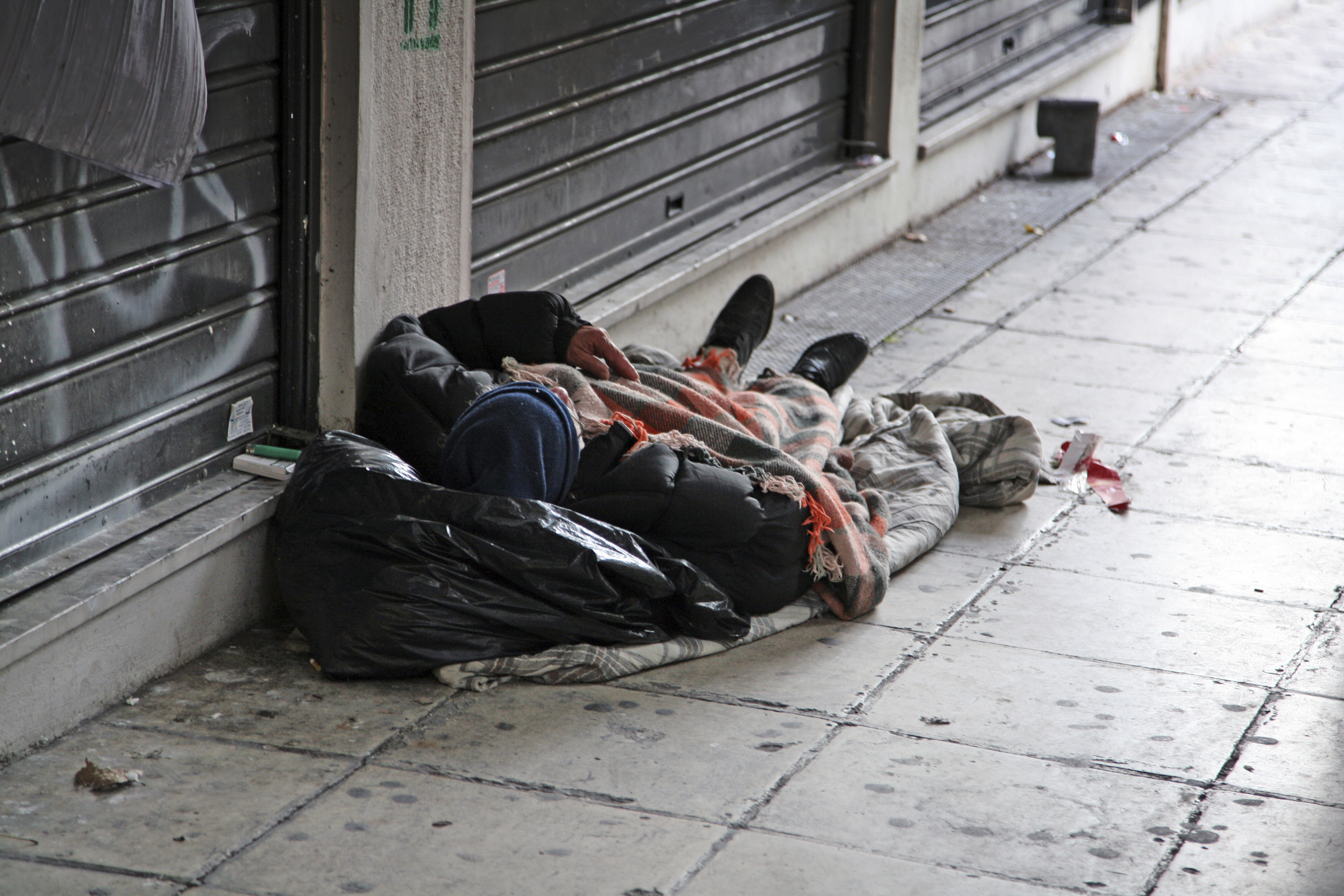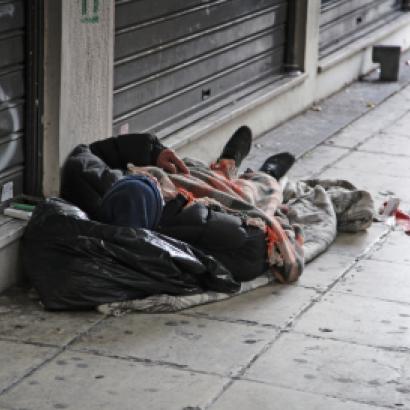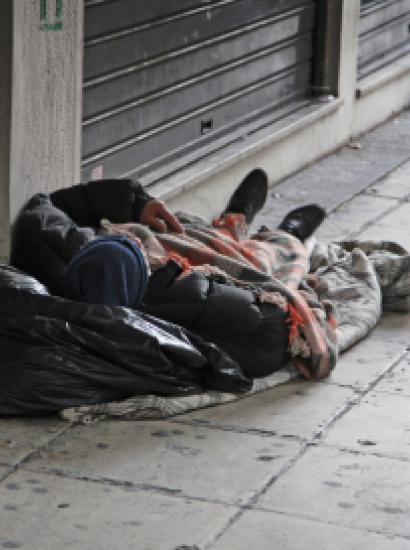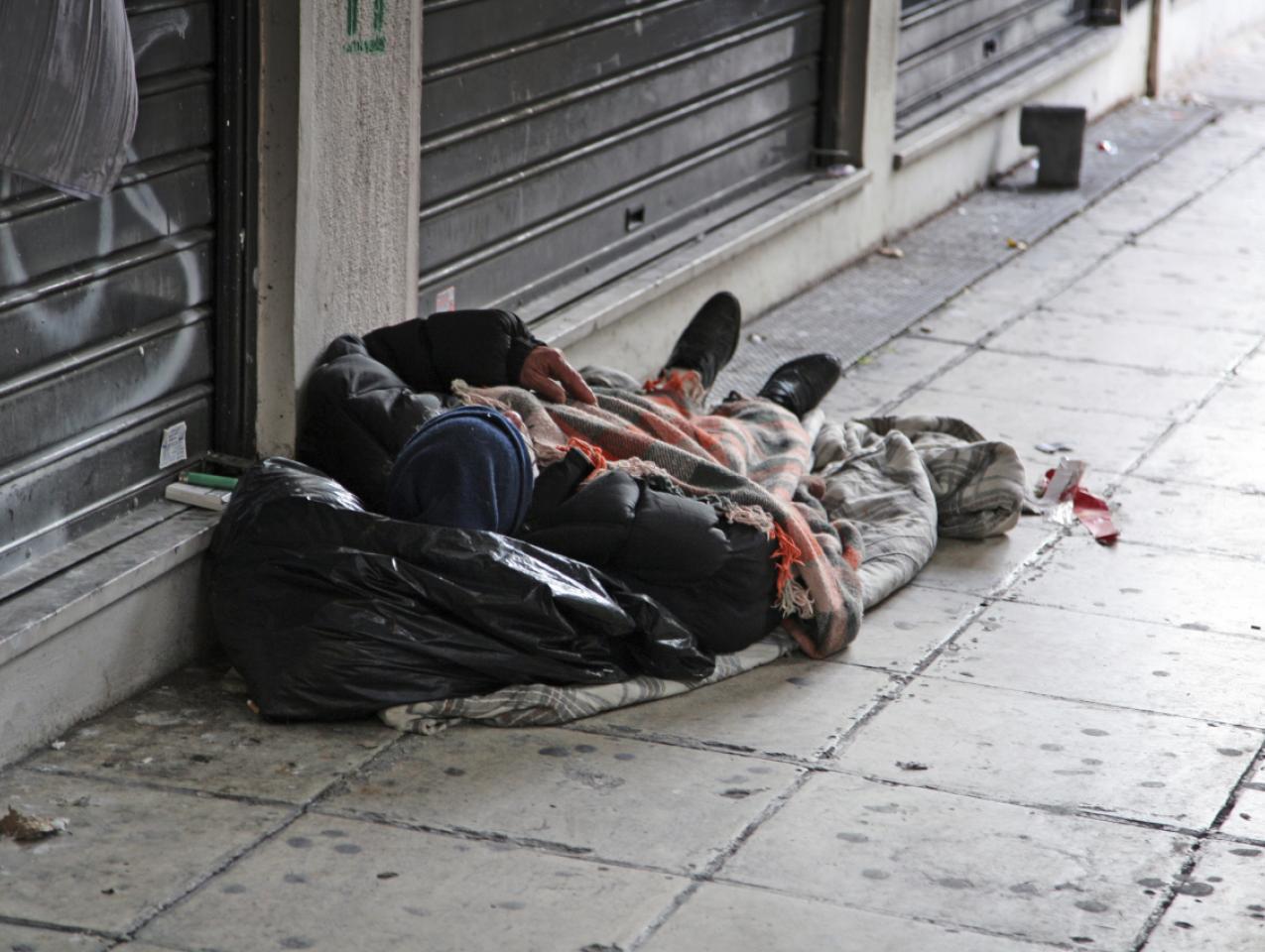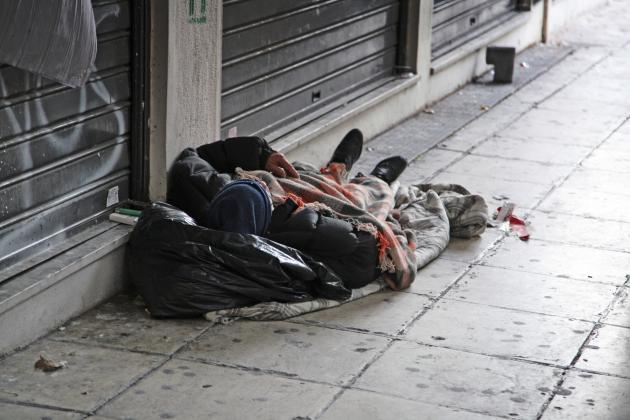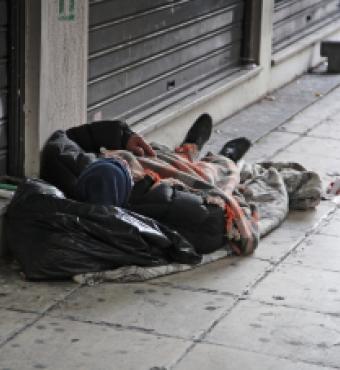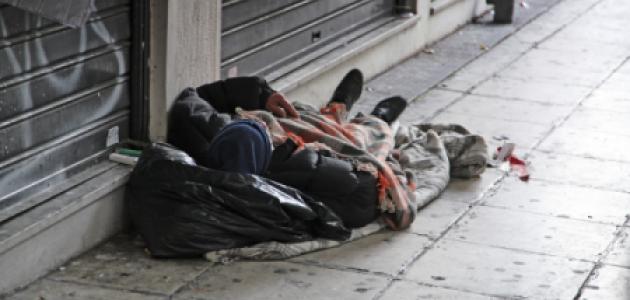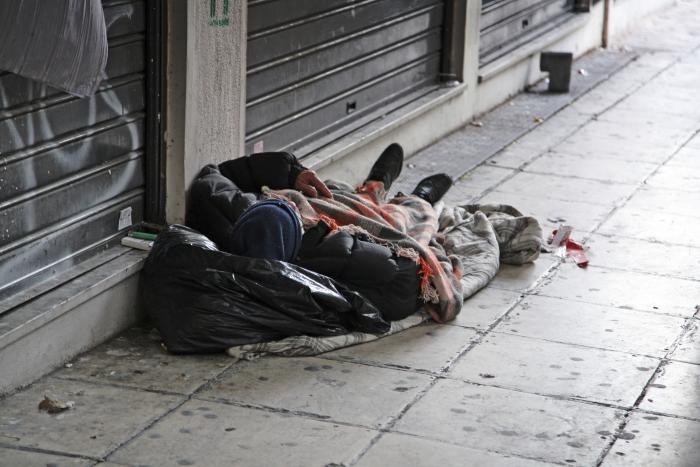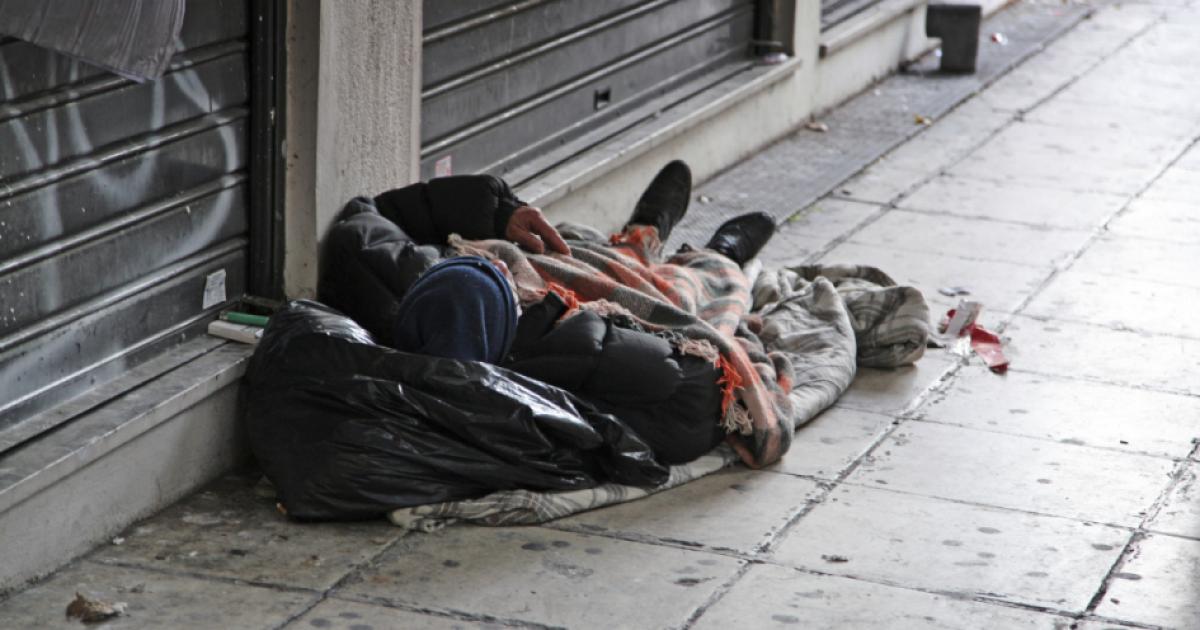- Economics
- Politics, Institutions, and Public Opinion
- State & Local
- California
By most measures, Gavin Newsom has had a productive 2019.
Newsom can look back on his first year as California’s 40th governor and point to a budget signed on time, affixing his signature to nearly two dozen wildfire-related bills, and rarely missing a chance to bask in the national spotlight, be it spitballing with President Trump via Twitter or attempting to change the face of amateur college athletics.
However, there is one subject apparently beyond the governor’s reach: California’s homelessness blight.
Newsom entered office in January vowing to appoint a state homelessness secretary to oversee an Interagency Council on Homelessness. And he set aside $1 billion in state funds to address the problem.
Nearly nine months later, there is no such cabinet-level secretary. Nor will there be one, with the governor opting instead for a task force headed by Sacramento mayor Darrell Steinberg (earlier this decade, he was president pro tempore of California’s State Senate) and Los Angeles supervisor Mark-Ridley Thomas (also a former state senator).
If anything, Newsom may put the pedal to the metal in 2020 with regard to this issue. Why? Because the governor can read poll numbers. A recent survey by the Public Policy Institute of California has homelessness and the economy leading the way in a tie as “the most important issue facing people in California today”—with homelessness the predominant issue in voter-rich Los Angeles.
According to the federal Department of Housing and Urban Development, California accounted for about one-fourth of the nation’s homeless population last year. On a single night in January 2018, California accounted for 30 percent of all people experiencing homelessness as individuals in the United States and 49 percent of all unsheltered individuals. This represents 109,008 people, over three-fourths of whom (78.3 percent) are unsheltered—only Hawaii (70 percent) approaches that level.
The reasons for chronic homelessness are myriad: a lack of affordable housing, obviously, as well as individuals escaping domestic violence and mental health issues, for openers, as well as the allure of more clement weather in the cases of California and Hawaii (San Francisco officials, presiding over a city whose homeless population has grown 17 percent over the past two years, blame their urban blight on instant-rich techies, whose gentrification is driving up the prices of local real estate).
But the solution(s) to California’s homelessness quandary?
San Francisco has taken to seizing and disposing of personal property and tents during so-called “sweeps” by the city’s Department of Public Works. Local homeless advocates call the practice “cruel and ineffective.”
Los Angeles’s approach, in the words of that city’s mayor, Eric Garcetti, is “to build thousands of units of supportive housing, expand bridge housing to help Angelenos transition off the streets, and hire an army of outreach workers, housing navigators, mental health experts, anti-addiction specialists, and other professionals to be the heart, brains, and muscle of the movement to end the crisis on our streets.”
A lot muscle will be required: Los Angeles County’s homeless population approaches 60,000 (another 10,000 more and it will fill the famed Los Angeles Memorial Coliseum); the city’s homeless population now surpasses 36,000, twice the seating capacity of downtown’s Staples Center, where LeBron practices his craft.
In Fresno, a Central Valley city whose homeless population likewise has risen, a newly opened shelter that once was a hotel offers 50 rooms for families trying to quit the streets (it offers residents access to substance abuse and mental health services, plus three meals a day).
Further south in the valley, in Bakersfield (home to a 108 percent increase in unsheltered homeless since last year), city officials have gone in the opposite direction: they want to place homeless individuals in jail for misdemeanor drug offenses and potentially for trespassing—a conservative law-and-order approach for a conservative corner of the Golden State (not-so-conservative Santa Cruz also has taken a legal path, with city officials implementing a curfew that closes the dry sand portion of that city’s Main Beach from midnight to one hour before sunrise).
If that sounds like a disparate band of California communities who’ve reached a point of exasperation, rest assured: they’re not alone in that sentiment. Back in San Francisco, a band of neighbors created a Facebook group, raised $200, and bought 24 boulders that are now placed on their sidewalk to discourage the homeless from pitching tents and creating encampments (apparently, after some 300 calls to the city’s 311 service center, they felt enough is enough).
In this, the final 2019 edition of Eureka, we take a look at homelessness in California. The issue includes the following contributors:
Colleen Murphy, manager of CES Access at the Los Angeles Homeless Services Authority, details that city’s Coordinated Entry System, which links homeless individuals and households to services and housing.
Lance Izumi, senior director of the Center for Education at the San Francisco–based Pacific Research Institute, and Michele Steeb, former CEO of the Sacramento-based Saint John’s Program for Real Change, a residential program that supports homeless women and children, detail how the Trump administration can better address California’s homelessness crisis.
Kevin Faulconer, the 36th mayor of San Diego, explains the path “America’s Finest City” chose when confronted with both a homelessness and hepatitis crisis back in 2017. (In the past year, San Diego’s homeless population has declined by 6 percent.)
Peter Lynn, executive director of the Los Angeles Homeless Services Authority, details that city’s Coordinated Entry System, which links homeless individuals and households to services and housing.
Michele Steeb, former CEO of the Sacramento-based Saint John’s Program for Real Change, a residential program that supports homeless women and children, has suggestions for how the Trump administration can better address California’s homelessness crisis.
Michael Bernstam, a Hoover Institution research fellow, suggests that the simplest, quickest, and most cost-effective approach to addressing homelessness in California is adult foster care—rechanneling existing public funding from a host of programs, agencies, and nonprofits to private-market caregivers.
We hope you enjoy this latest installment of Eureka—and that it gets you thinking about where California stands and whether America’s nation-state is moving in the right direction.
Happy reading!







